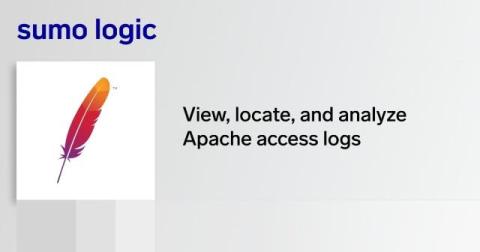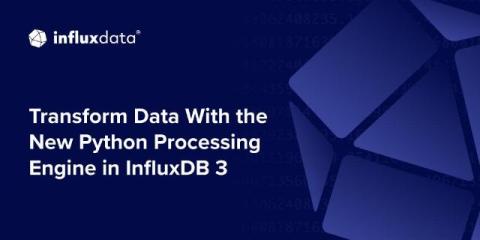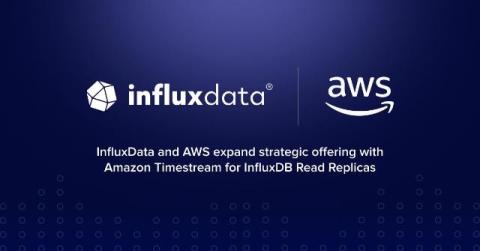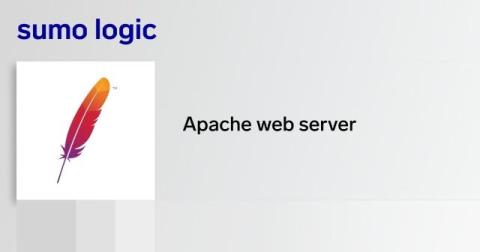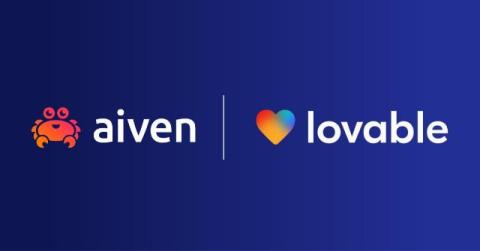Understanding the Apache access log: how to view, locate, and analyze
Log files are invaluable tools for developers and system administrators when it comes to debugging issues within web applications. They often serve as the primary source of information when troubleshooting website malfunctions. Among these logs, the Apache HTTP server’s access log stands out as a key resource for debugging applications and gaining insights into visitor activity.


